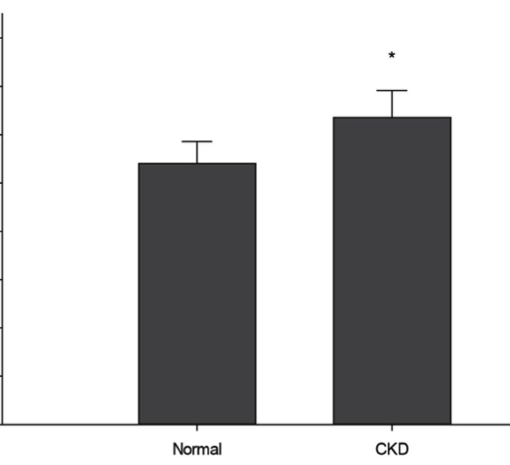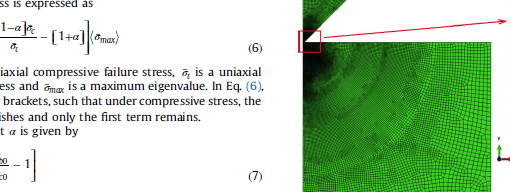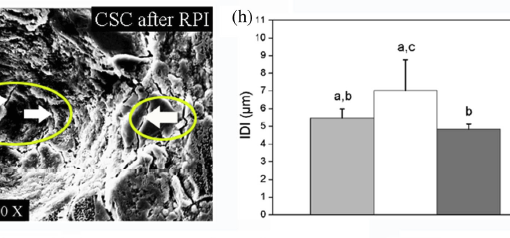Abstract
Reference Point Indentation (RPI) is a novel microindentation tool that has emerging clinical potential for the assessment of fracture risk as well as use as a laboratory tool for straight-forward mechanical characterisation of bone. Despite increasing use of the tool, little research is available to advise the set-up of testing protocols or optimisation of testing parameters. Here we consider five such parameters: maximum load, sample orientation, mode of use, sample preparation and measurement spacing, to investigate how they affect the Indentation Distance Increase (IDI), the most published measurement parameter associated with the RPI device. The RPI tool was applied to bovine bone; indenting in the proximal midshaft of five femora and human bone; indenting five femoral heads and five femoral neck samples. Based on the findings of these studies we recommend the following as the best practice. (1) Repeat measurements should be utilised to reduce the coefficient of variation (e.g. 8-15 repeats to achieve a 5-10% error, however the 3-5 measurements used here gives a 15-20% error). (2) IDI is dependent on maximum load (r=0.45 on the periosteal surface and r=0.94 on the machined surface, p<0.05), mode of use (i.e. comparing the device held freehand compared to fixed in its stand, p=0.04) and surface preparation (p=0.004) so these should be kept consistent throughout testing. Though sample orientation appears to have minimal influence on IDI (p>0.05), care should also be taken in combining measurements from different orientations. (3) The coefficient of variation is higher (p=0.04) when holding the device freehand, so it should ideally be kept supported in its stand. (4) Removing the periosteum (p=0.04) and machining the surface of the bone (p=0.08) reduces the coefficient of variation, so should be performed where practical. (5) There is a hyperbolic relationship between thickness and IDI (p<0.001) with a sample thickness 10 fold greater than the maximum indentation depth recommended, to ensure a representative measurement. (6) Measurement spacing does not appear to influence the IDI (p>0.05), so it can be as low as 500 µm. By following these recommendations, RPI users can minimise the potential confounding effects associated with the variables investigated here and reduce the coefficient of variation, hence achieving more consistent testing. This optimisation of the technique enhances both the clinical and laboratory potential of the tool.
https://www.ncbi.nlm.nih.gov/pubmed/25455607
J Mech Behav Biomed Mater. 2015 Feb;42:311-24. doi: 10.1016/j.jmbbm.2014.09.030. Epub 2014 Oct 24.




